Ageless Strength: Simple Moves to Prevent Muscle Loss After 50
Aging isn’t about losing your spark—it's about finding new ways to keep that spark alive. One of the most powerful tools we have for staying strong, confident, and independent as we age is muscle. Yet, after 50, our bodies naturally begin to lose muscle in a process called sarcopenia, which affects both men and women alike. Between daily routines, family life, and shifting priorities, it's easy to let strength training slip to the bottom of the list. But the truth? Preventing muscle loss doesn't require Herculean effort. Gentle, consistent movement—yes, even in just a few minutes a day—can help us maintain muscle mass, boost metabolism, support joint health, and keep us doing what we love. The best news? This expanded list of simple moves were handpicked for their proven effectiveness and adaptability. No advanced gym experience is required. Each is designed to meet you where you are; progress is celebrated, not pressure. Whether you're brand new to exercise or looking to refresh your routine, these moves come with built-in modifications, compassionate guidance, and plenty of encouragement. Because aging well isn’t about turning back the clock—it's about nurturing the strength, vitality, and wisdom you’ve already earned. Ready to feel strong in your own skin? Let’s move forward together.
1. Seated Marches

Seated marches are a gentle, effective way to wake up your muscles and get your blood flowing, especially if you’re easing into exercise or need extra support. Begin by sitting upright in a sturdy chair with feet flat on the floor and hands resting on the sides for balance. Slowly lift one knee toward your chest, then lower it back down and repeat on the other side. Alternate legs at a comfortable pace for about one minute. This move targets your hip flexors, thighs, and lower abdominals—areas crucial for walking, climbing stairs, and standing from a seated position. For an added challenge, swing your arms or march for longer intervals. Safety tip: Keep your back tall, and don’t rush the motion. Over time, you may notice everyday movements (like getting out of the car or stepping over obstacles) becoming easier and more comfortable. Seated marches are also a wonderful warm-up before more challenging moves. If joint pain or balance is a concern, stick with slow, mindful repetitions. Remember, every step is a celebration of your body’s potential—one knee at a time, you’re building strength and confidence.
2. Wall Push-Ups

Wall push-ups offer an inviting entry point for building upper body and core strength—without the strain of getting down on the floor. Stand facing a wall, feet hip-width apart, and place your palms flat at shoulder height. Step back until your arms are straight and your body is in a gentle diagonal line. Bend your elbows and slowly bring your chest toward the wall, keeping your body straight, then press back to the starting position. Aim for 8–12 repetitions, adjusting your distance for comfort. As you gain confidence, try increasing repetitions or moving your feet farther from the wall for a deeper challenge. This move strengthens your chest, shoulders, and arms while training your core to stay stable—key for everyday tasks like lifting groceries or pushing doors open. Focus on keeping elbows at a gentle angle and avoiding shoulder shrugging. Wall push-ups are a safe option for anyone working with wrist or shoulder limitations. If you miss a rep or feel fatigued, pause and celebrate progress—strength is built with patience, not perfection.
3. Sit-to-Stand (Chair Squats)
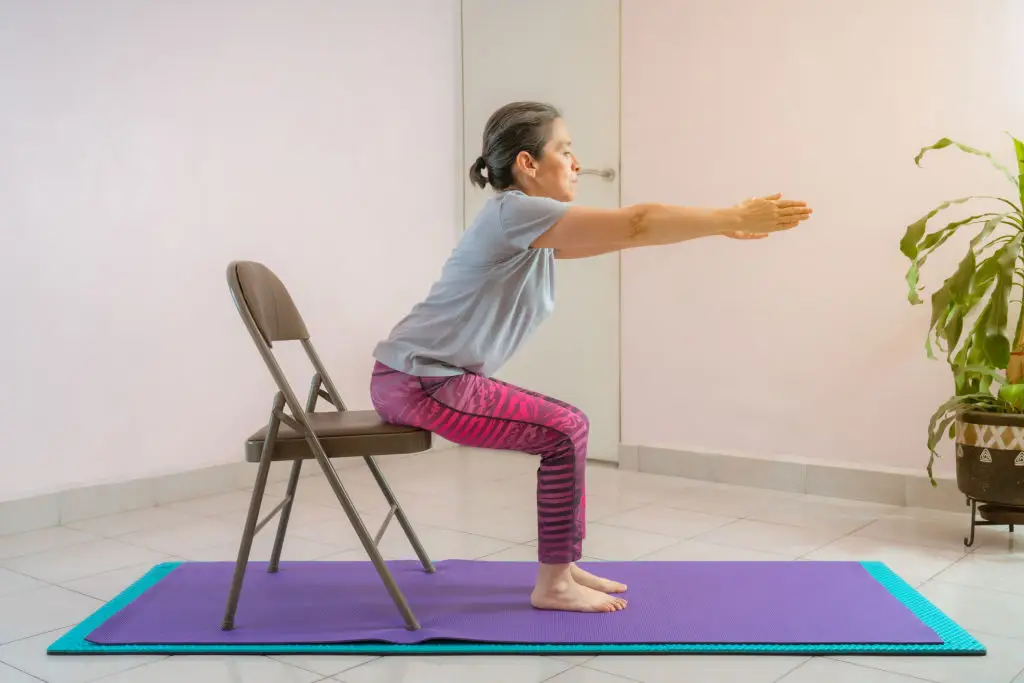
The simple act of sitting and standing is one of the most functional movements in daily life, and chair squats help you keep it strong. Start seated toward the front of a sturdy chair, feet flat and hip-width apart. Cross your arms over your chest or keep hands by your sides for support. Press your feet firmly into the floor and slowly stand up, focusing on squeezing your glutes and pushing your hips forward. Lower yourself back to the seat, controlling the descent (no flopping!). Repeat 8–10 times, resting when needed. Chair squats engage your thighs, hips, and glutes—muscles essential for balance, mobility, and injury prevention. For an extra challenge, hover above the seat briefly or hold light dumbbells. If knee discomfort is an issue, begin with a higher chair or add extra support from your hands. Always keep your weight focused over your heels, and avoid letting knees cave inward. This movement nurtures the confidence and strength needed for everything from gardening to dancing at family celebrations.
4. Standing Calf Raises
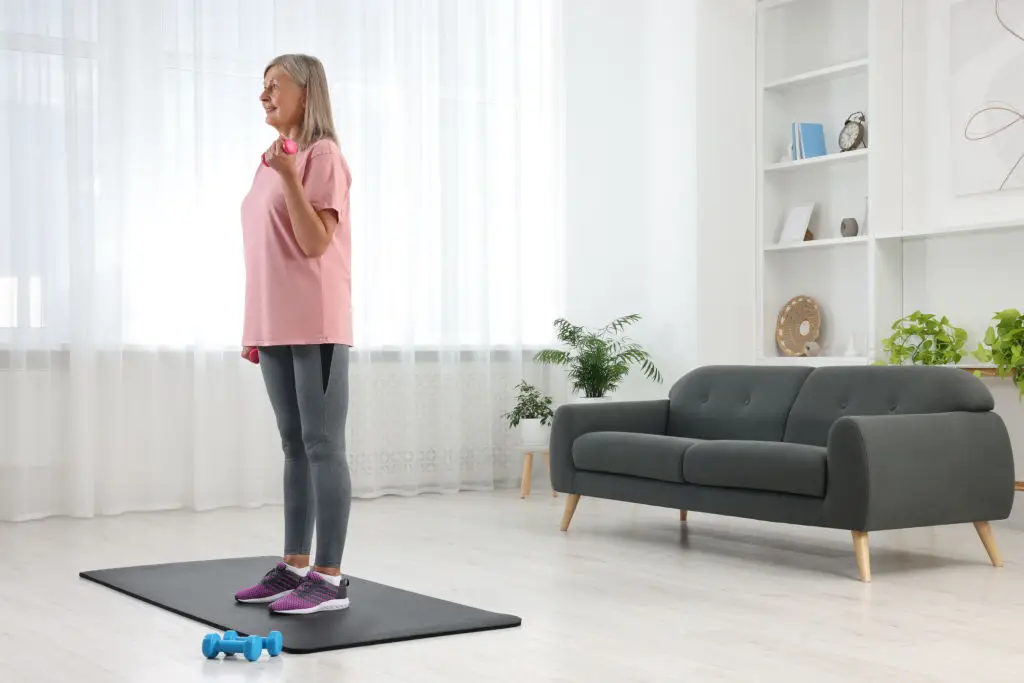
Standing calf raises strengthen the lower legs while sharpening balance—a win-win for walking, climbing, and stable movement. Begin by standing tall behind a chair, with fingertips resting lightly on the back for balance. Lift both heels off the ground so you’re on the balls of your feet, pause for a count, then gently lower your heels back down. Aim for 10–15 repetitions. As your calves get stronger, try lowering the chair support or performing with one leg at a time. This move fortifies your calves and ankles and helps prevent falls, a common concern as we age. Maintain a slow, controlled pace; avoid bouncing or leaning forward. If you’re unsteady, keep both hands on the chair and don’t hesitate to pause. You might be surprised how this simple exercise translates to steadier footing on stairs or when stepping off curbs. Remember: Bold progress starts with small, intentional steps—your body will thank you each time you rise tall.
5. Resistance Band Rows

Think of resistance band rows as a posture power-up. Secure a resistance band around a doorknob or sturdy anchor, then sit or stand, holding an end in each hand. With arms extended, pull the bands toward your torso, squeezing your shoulder blades together, elbows traveling back and close to your sides. Slowly release to starting position and repeat for 8–12 reps. This exercise targets your upper back, shoulders, and biceps—muscles that tend to weaken with age, leading to posture changes or back discomfort. Choose a band with comfortable tension and stay mindful not to hunch shoulders or over-arch your back. As you gain strength, switch to thicker bands or increase repetitions. Seated or standing, rows offer adaptable strength-building. If gripping is difficult, loop the bands around your wrists, or shorten the range of motion. Taking the time to strengthen your back pays off in everyday tasks—think reaching high shelves, carrying groceries, or simply standing tall with confidence.
6. Supported Lunges
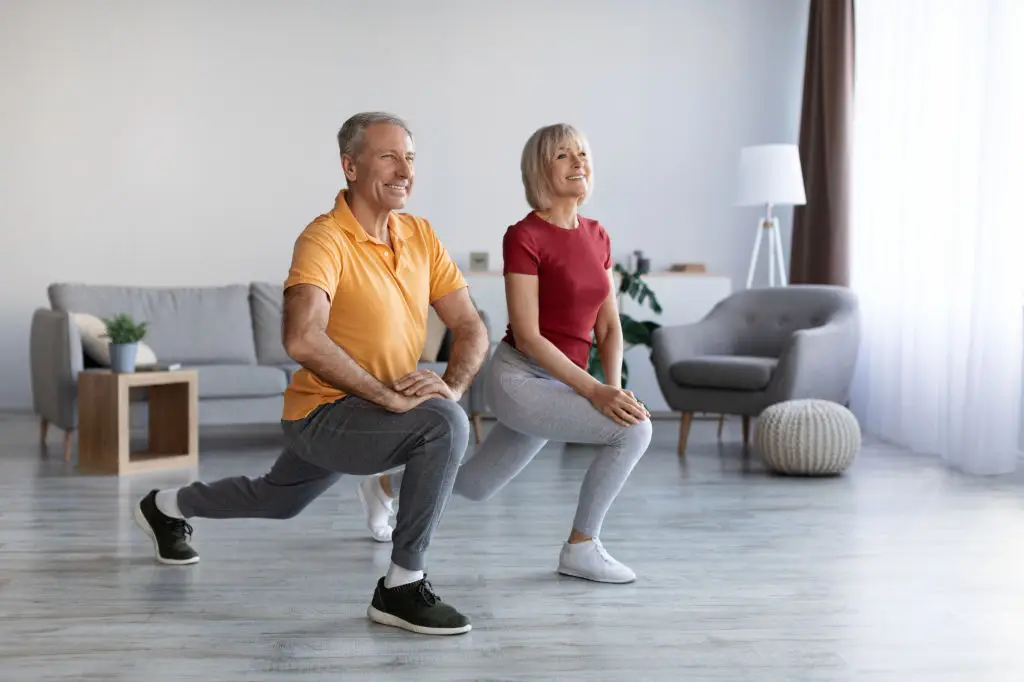
Supported lunges help reclaim lower body power and stability. Begin by standing with feet hip-width apart, lightly holding a chair or stable surface at your side for balance. Step one foot forward and bend both knees, lowering yourself slowly until your front thigh is parallel to the floor or as far as is comfortable. Push through the front heel to return to standing, then switch sides. Aim for 6–8 per leg, rest as needed. If you have knee issues or tight hips, keep the step smaller and don’t push into discomfort—depth matters less than control. Supported lunges work your quads, glutes, and inner thighs, while gently challenging your core and balance. They mimic everyday actions like rising from the floor or picking up objects. As strength grows, try letting go of the support or holding light hand weights. If balance wavers, pause and steady yourself. Each lunge is a gift to your future self, preparing your body for adventures big and small.
7. Overhead Dumbbell Press
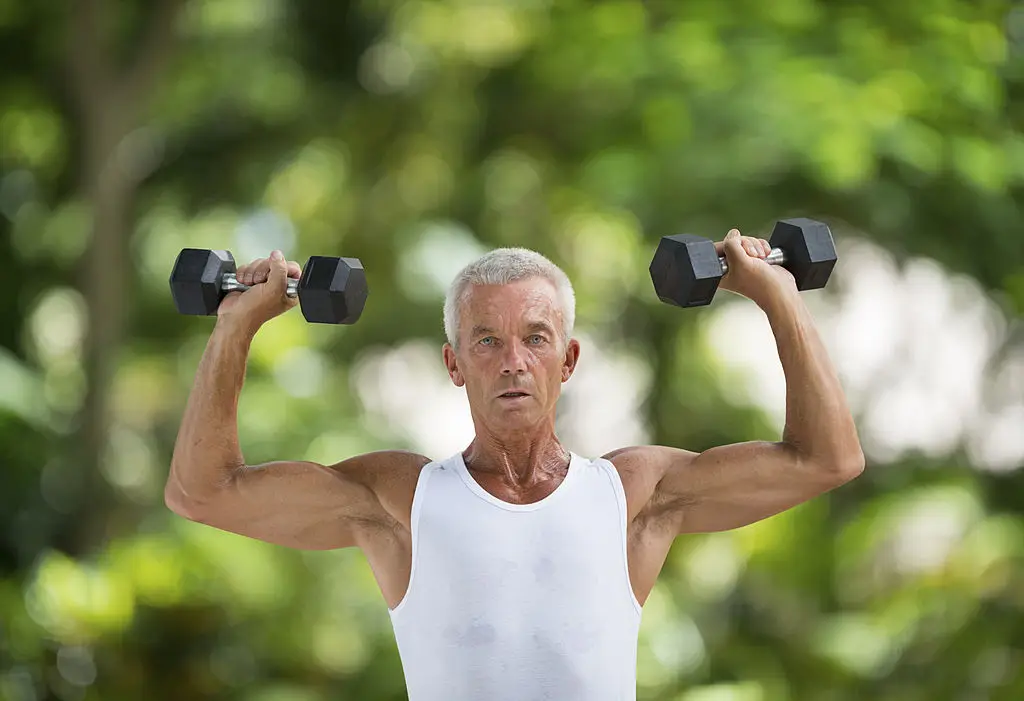
The overhead dumbbell press offers a practical way to restore and support healthy shoulder function. Seated or standing, hold light dumbbells (or water bottles) at your shoulders with palms facing forward. Press the weights overhead, extending your arms without locking elbows. Lower slowly back to shoulder height and repeat for 8–10 reps. This move targets your shoulders, upper chest, and triceps—muscles vital for reaching, lifting, or even enjoying a round of golf. If you feel any pinch or discomfort, use lighter weights or shorten the range of motion. For those with chronic shoulder issues, perform only the upper half of the movement or stick with just your arms, no weights. Be mindful not to arch your lower back; engage your core throughout the exercise. The overhead press isn’t about lifting heavy—it's about controlled, confident motion that helps keep your world within reach.
8. Step-Ups
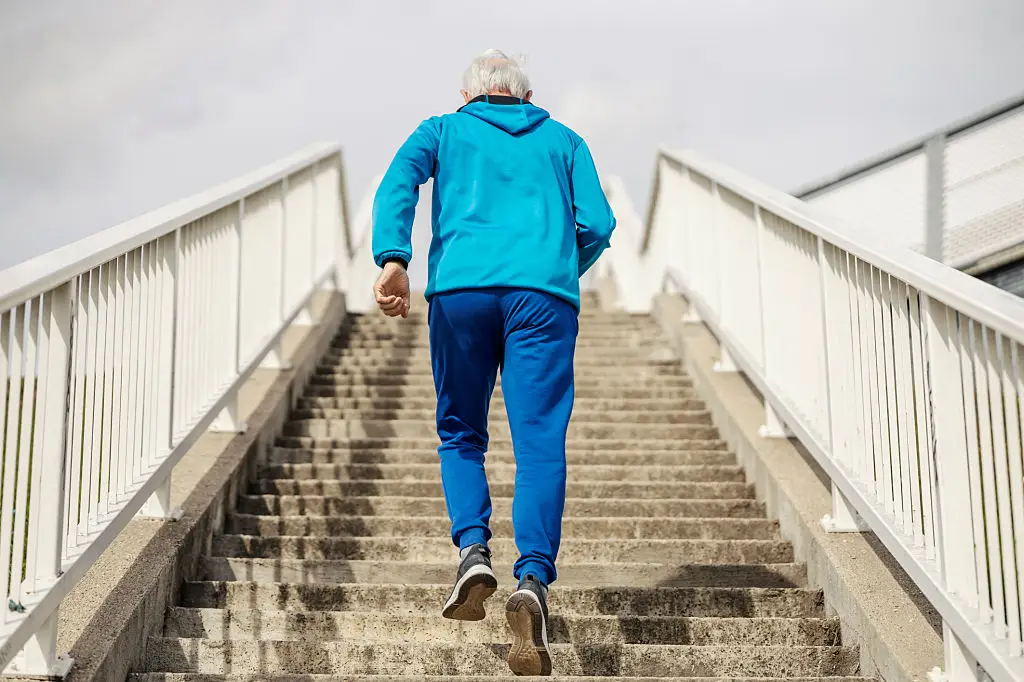
Step-ups help bridge the gap between gym moves and everyday living. Use a staircase or sturdy step platform about knee height. Stand in front, step one foot up, then press through your heel to bring the other foot up beside it. Step back down and repeat, alternating the leading leg. Strive for 10–12 reps per leg, slowing down as needed. Hold onto a railing or wall for steady balance; adjust step height for safety and comfort. Step-ups challenging your quadriceps, hamstrings, and glutes—all key for climbing stairs, hiking, or tackling yard work. If knees are sensitive, keep the step low and the pace slow. When you’re ready for more intensity, add light weights or increase repetitions. Celebrate each rise; each step is a testament to practical strength, supporting the rhythm of your daily routines.
9. Bird Dog (Opposite Arm & Leg Extensions)

Bird Dog balances simplicity with functional impact. Begin on hands and knees—use a mat for comfort—wrists under shoulders, knees under hips. Slowly reach your right arm forward while extending your left leg back, aiming to create a straight line from fingertip to heel. Hold briefly, keeping your back flat and core tight, then return and switch sides. Repeat 6–10 times per side. This move strengthens your core, back, and hips while improving coordination and body awareness—essentials for preventing falls and supporting spine health. For sensitive wrists or knees, perform the movement standing, raising one arm and the opposite leg at a time. Take your time; focus on balance and breath. Each extension is an invitation to tune into your body’s subtler strengths—a gentle reminder that grace and power are built together, one thoughtful repetition at a time.
10. Standing Side Leg Raises

Standing side leg raises are a straightforward tool for strengthening the outer hips and glutes—areas that safeguard our balance and walking stride. Stand tall behind a chair for light support. Slowly lift one leg out to the side, pause, then return with control. Alternate legs, performing 10–15 reps per side. The secret? Small, steady motion beats swinging or rushing every time. Weak outer hips can lead to gait changes or wobbly steps, so consistency here pays big dividends. If balance is tricky, keep both hands on the chair or shorten your range. As you feel stronger, hold the top position slightly longer or add ankle weights for further challenge. Side leg raises can be worked into daily chores—try a set while waiting for the kettle to boil. Every lift is a subtle celebration of your body’s resilience.
11. Gentle Yoga Flow

Gentle yoga flow weaves strength, flexibility, and calm into a single, accessible routine. Start with basic poses such as Mountain (standing tall), Cat/Cow (gentle spinal movement), and Child’s Pose (relaxation). Move slowly, linking breath to transitions. Yoga nurtures muscle health with isometric holds and mindful movement, while research shows it also helps reduce stress hormones that can accelerate muscle loss. Use a mat, chair, or wall for stability as needed. If kneeling is difficult, try standing poses or practice in a chair. There’s no need to “perfect” any pose—small shifts still generate resistance and growth. Yoga is a gentle reminder that wellness is as much about inner calm as physical strength. Incorporate your favorite poses or seek local classes for extra guidance. With regular practice, expect better range of motion, steadier posture, and a growing sense of self-trust in every move you make.
12. The Towel Squeeze (Isometric Hand Strength)
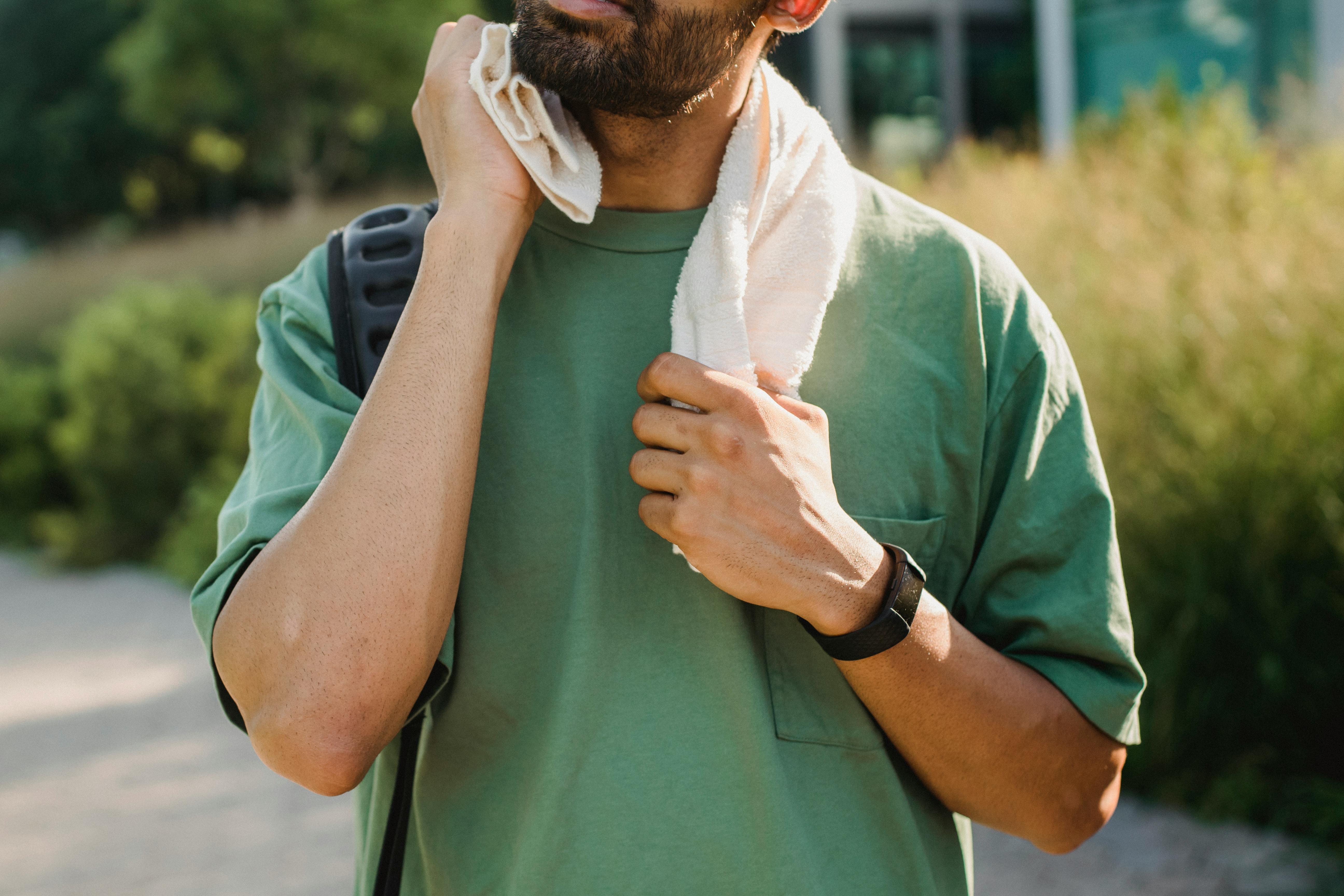
Grip strength is often overlooked but is a major predictor of overall strength, bone density, and longevity. The Towel Squeeze is a simple isometric exercise to rebuild it. Take a hand towel, roll it up, and grab it tightly with one hand. Squeeze as hard as you can for a count of 5-10 seconds, feeling the tension run through your forearm. Relax, shake it out, and repeat 5-8 times per hand. This move requires zero special equipment, can be done anywhere, and strengthens the muscles in your hands and forearms crucial for everyday tasks like opening jars, carrying bags, and preventing the weakness that accompanies arthritis. Consistent practice protects your joints and maintains dexterity.
13. The Heel Tap (Core and Balance Integration)
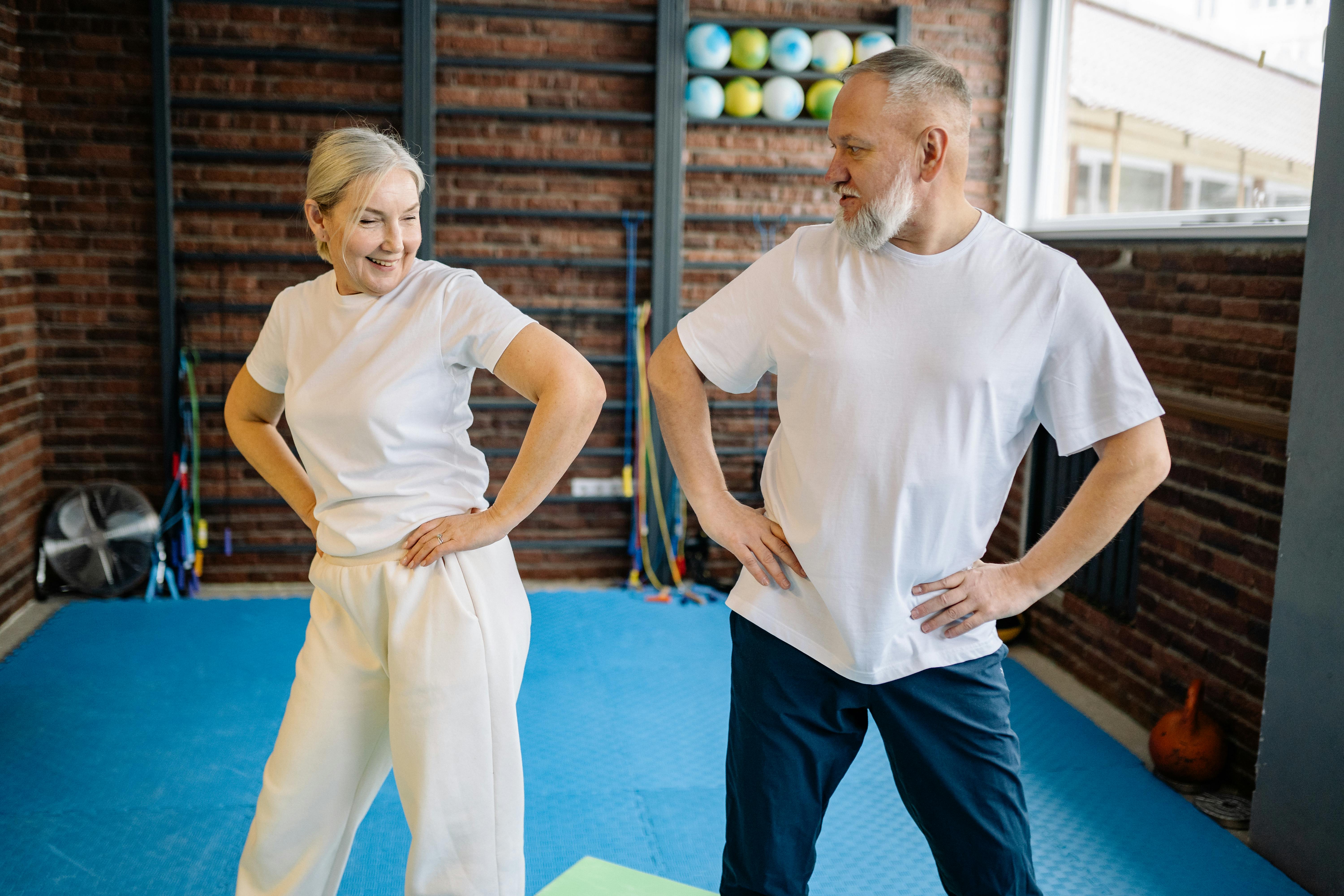
The Heel Tap is a subtle yet powerful movement that trains the deep core muscles and improves coordination, which are foundational for steady walking and fall prevention. Sit on the edge of a sturdy chair, maintaining a tall, upright posture. Slowly lift one foot slightly off the floor, tap your heel out a few inches in front of you, and bring it back, without letting your upper body shift or lean. Alternate legs, repeating 10–12 times per side. This isn't about speed; it's about spinal stability and control. Focus on engaging your lower abdominal muscles to prevent movement in your hips and lower back, translating to more efficient, controlled movement when standing or moving on uneven terrain.
14. The Dish Rag Slide (Inner Thigh and Adductor Strength)
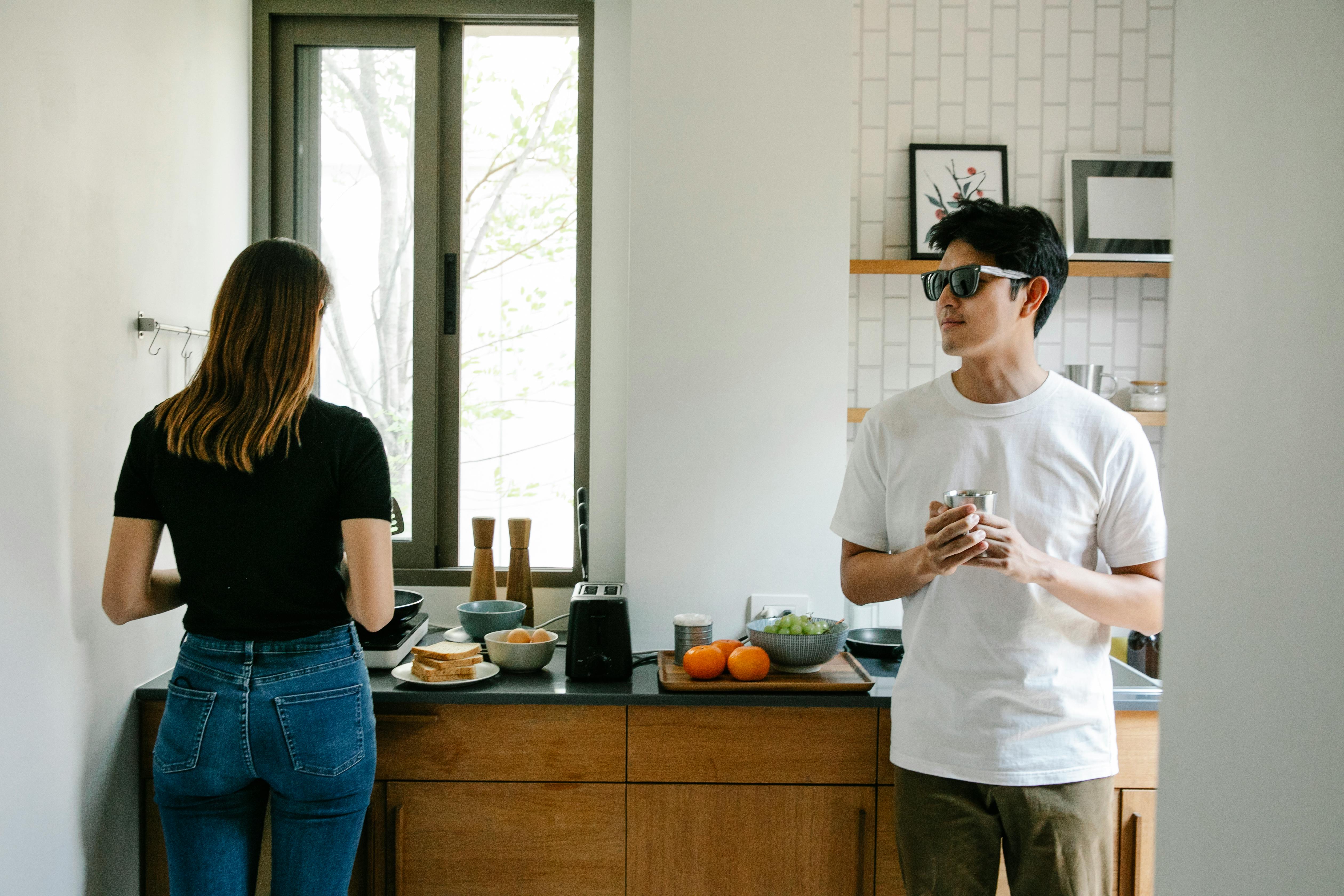
Inner thigh strength (adductors) is crucial for hip stability and knee health, yet it is often neglected. The Dish Rag Slide targets these muscles using minimal equipment. Stand tall, holding onto a chair back for support. Place one foot on a small, smooth cloth or towel. Slowly slide that foot straight out to the side, allowing your weight to shift slightly onto your standing leg. Once you've gone as far as is comfortable, use your inner thigh muscles to pull the sliding foot back to center. Repeat 8-10 times per leg. This controlled friction-based movement is gentle on the joints while effectively rebuilding muscle fiber, improving your walking gait, and providing lateral stability for quick changes in direction.
15. The Eccentric Lowering (Tempo Training)
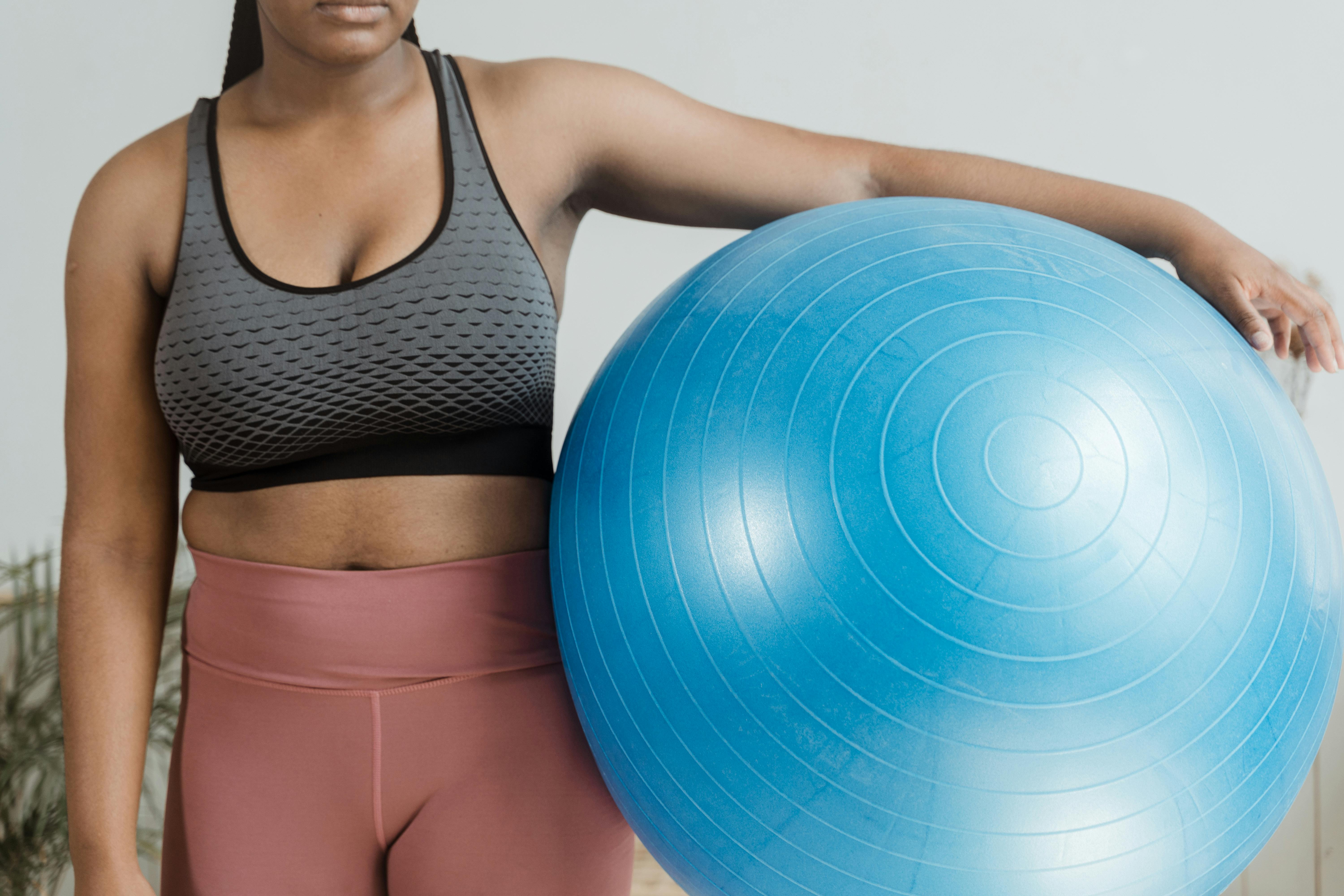
To truly build muscle strength and size (hypertrophy), focus on the lowering phase of an exercise—the Eccentric Lowering. This phase causes controlled microscopic damage that sparks repair and growth more effectively than the lifting phase. Apply this to Chair Squats: stand up normally, but take 3–5 seconds to slowly, deliberately lower yourself back onto the chair, fighting gravity all the way down. Use the chair back or wall for light support if needed. This tempo change dramatically increases the time under tension for your quadriceps and glutes, maximizing muscle fiber engagement and resulting in faster strength gains without adding heavy weights, prioritizing muscle resilience and control over brute force.
16. The Single-Leg Stork Stance (Mind-Muscle Connection)
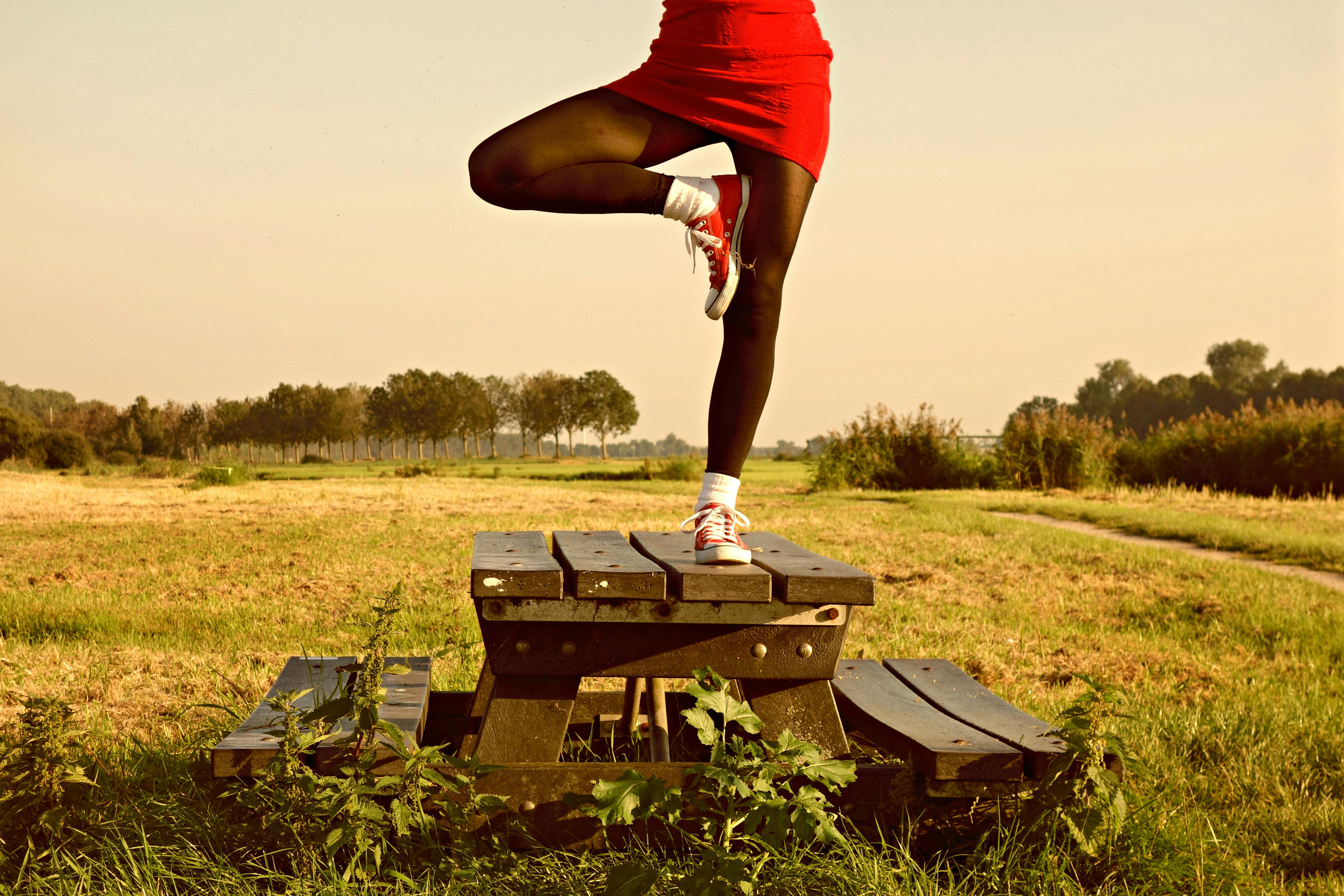
True strength is neurological as much as muscular. The Single-Leg Stork Stance is a quiet powerhouse for balance and foot/ankle stability. Stand near a wall or chair for light support. Lift one foot and place the heel against the inner ankle of the standing leg, forming a "stork" shape. Focus your gaze on a fixed point in front of you. Hold the position for 30–60 seconds. To progress, gently close your eyes, which forces your small stabilizing muscles to work harder. This move rebuilds the neural pathways connecting your brain to your ankles and feet, effectively 're-mapping' your balance system to prevent trips and stumbles, ensuring every movement, from walking to pivoting, is supported by a confident foundation.
17. The Seated Ankle Alphabet

This gentle, no-impact drill strengthens the tiny intrinsic muscles of the foot and ankle, which are vital for proprioception (sensing the ground) and preventing trips. Sit tall on a chair. Lift one foot slightly off the floor. Use your big toe to slowly and deliberately draw each letter of the alphabet in the air, focusing the movement entirely in the ankle and foot. This controlled range of motion improves joint fluidity, engages muscles that stabilize the arch, and enhances the brain-to-foot connection. Better foot control means quicker reflexes on uneven surfaces. Repeat the full alphabet with each foot.
18. The Standing Abdominal Chop (Anti-Rotation)
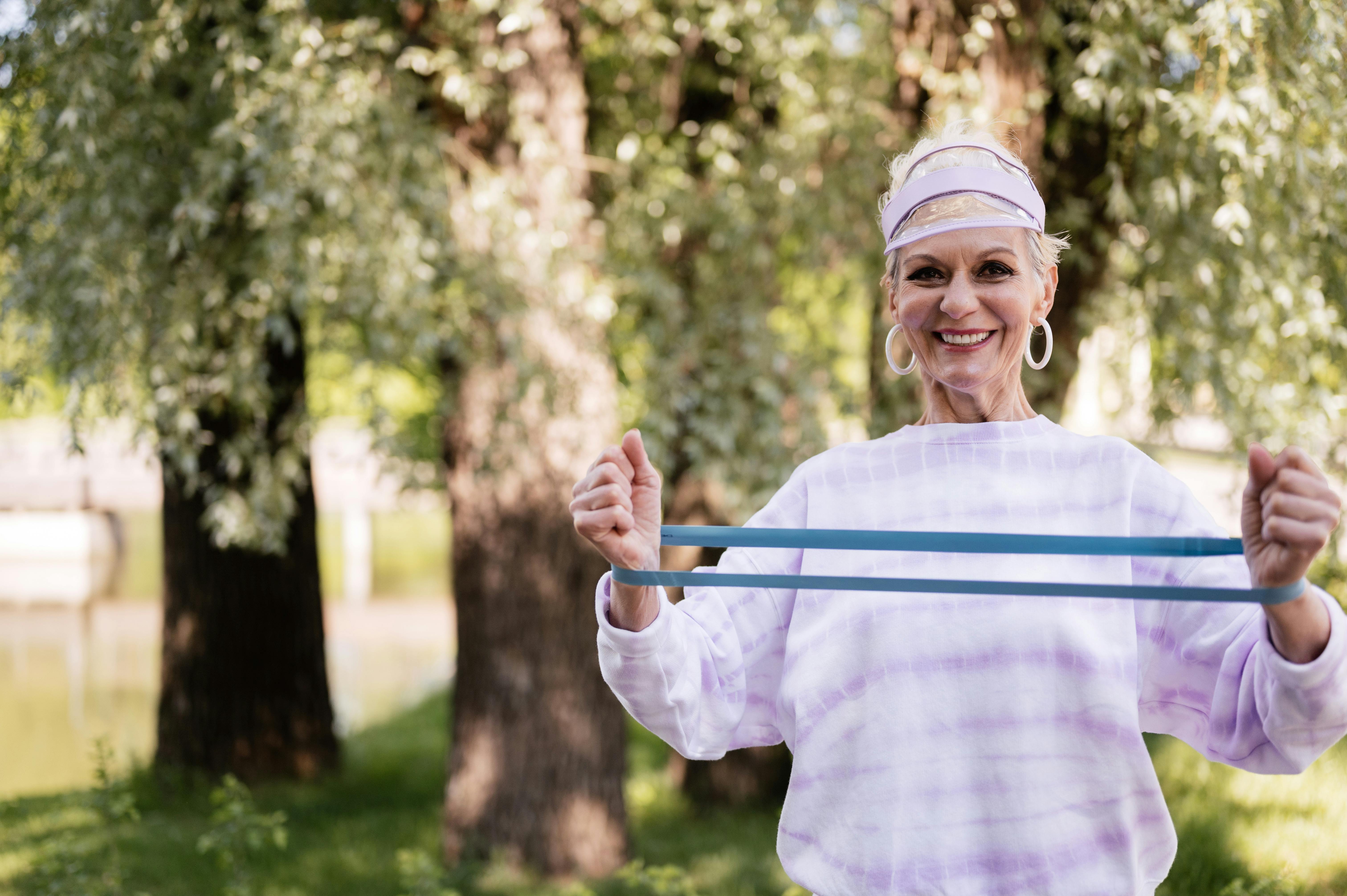
Functional core strength requires stabilizing against rotational forces—critical for spine safety when twisting. Anchor a light resistance band to a sturdy, high point (like a doorway or railing). Stand perpendicular to the anchor point, grasping the band with both hands. With feet shoulder-width apart, pull the band diagonally down and across your body toward the opposite hip, keeping your arms relatively straight. Slowly return and repeat 8-10 times per side. This move trains the obliques and deep core to resist twisting, protecting your lower back and improving the stability needed when reaching, lifting, or turning quickly.
19. Heel-to-Toe Rockers
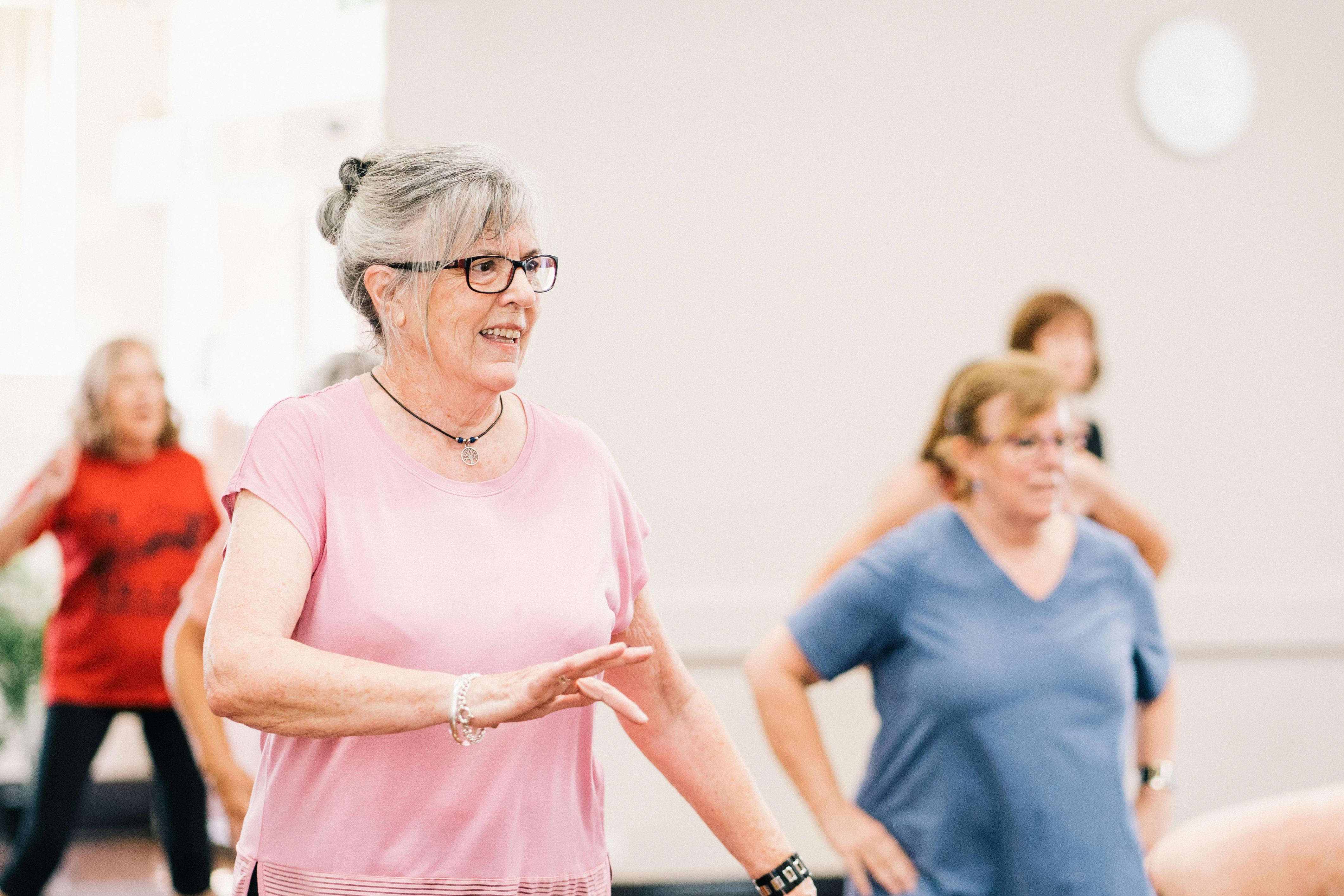
This simple standing drill enhances balance and strengthens the opposing muscles in your lower leg (shins and calves), improving your control over forward and backward sway. Stand near a sturdy counter or wall for light support. Slowly shift your weight forward onto your toes, lifting your heels slightly. Pause, then slowly shift your weight back onto your heels, lifting your toes. Continue this slow, controlled rocking motion for 30–60 seconds. This builds the ankle mobility and muscle endurance necessary to manage small stumbles, particularly when stepping onto a curb or navigating a slope.
20. The Single-Leg Deadlift (Supported)

The Single-Leg Deadlift is a powerhouse for unilateral strength, training the glutes, hamstrings, and lower back to work together while dramatically challenging balance and hip stability. Stand on your right leg, holding a chair back or wall for light support. Keeping a long, flat back and a slight bend in your right knee, slowly hinge forward at your hip, extending your left leg straight behind you until your body forms a straight line. Return slowly to stand. Repeat 8-10 times per leg. This builds the stability needed for walking, climbing stairs, and safely bending to pick up objects.
21. The Step-Down (Eccentric Focus)

Focusing on the lowering (eccentric) phase of muscle action is key to building strength and preventing falls. Stand in front of a low, sturdy step (or the bottom stair, holding the railing). Place your right foot completely on the step. Slowly and with control, take 3–5 seconds to lower your left heel down toward the floor, barely touching it. Immediately bring the foot back up and repeat 8–10 times per leg. This trains the quadriceps and hip flexors to work as a brake, improving the muscular control vital for safe stair descent, walking downhill, and catching yourself from a trip.
22. Supported Knee Extension Holds (Quad and Tendon Strength)
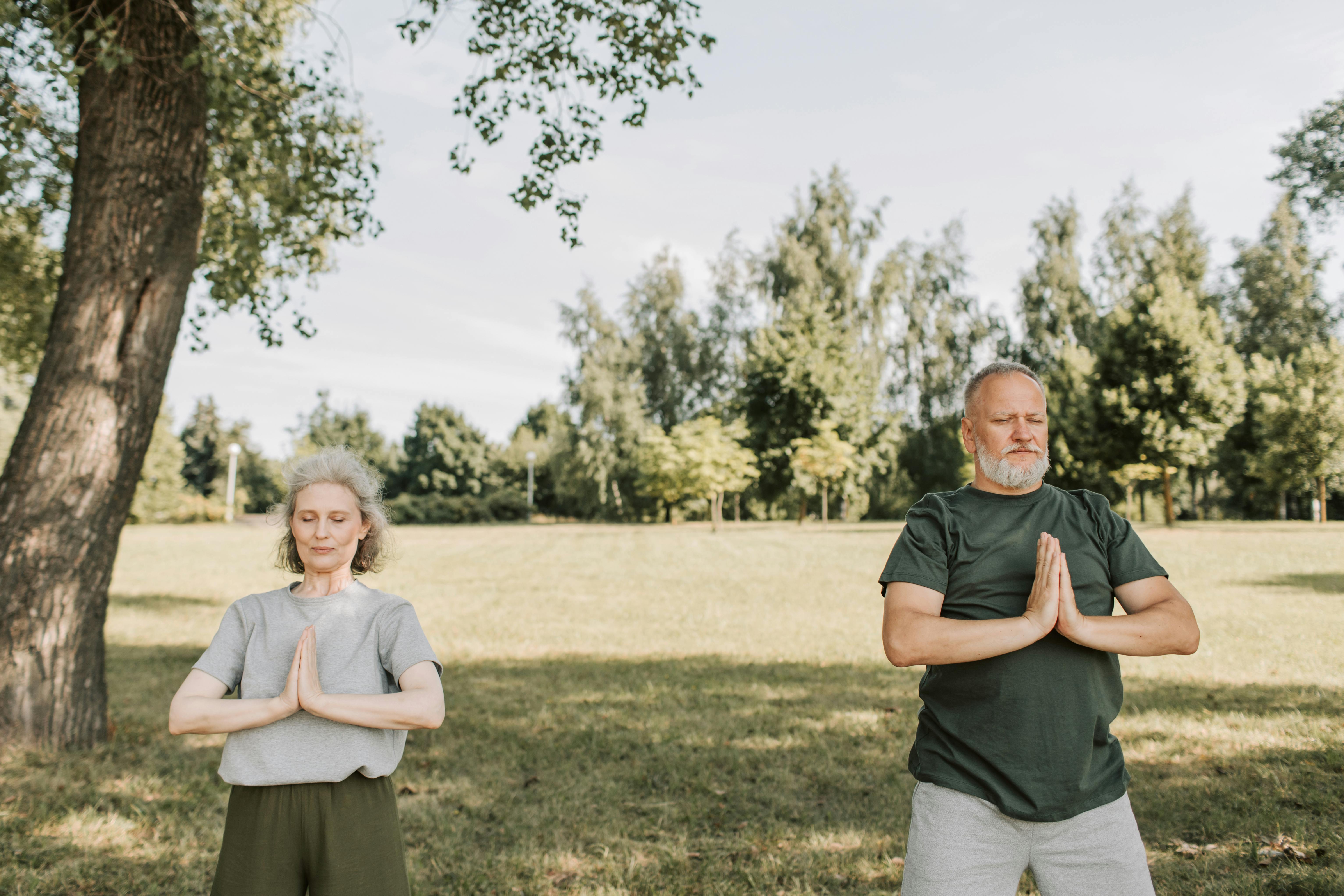
The knee extensor muscles (quadriceps) are critical for absorbing impact and preventing falls. Sit tall in a sturdy chair. Slowly lift one foot until your leg is straight, contracting your thigh muscle. Hold the fully extended position for 5–10 seconds before lowering slowly. Repeat 8–10 times per leg. This isometric hold builds strength at the end range of motion, which is vital for stabilizing the knee joint when walking. It is also an excellent low-impact way to strengthen the patellar and quadriceps tendons, improving resilience and making this move ideal for individuals with knee pain or arthritis. As you progress, add a light ankle weight.
23. The "Wall Angel" (Shoulder Mobility and Posture)

Many older adults lose the ability to reach overhead comfortably due to tight chest muscles and a rounding upper back. The Wall Angel is a deceptively challenging move that corrects this. Stand with your back flat against a wall, feet slightly forward. Raise your arms to a "W" shape, pressing your elbows and the backs of your hands against the wall. Slowly slide your hands up toward the ceiling into a "Y" shape, keeping contact with the wall the entire time. Lower back to "W". Repeat 8-10 times. This actively strengthens the upper back muscles responsible for upright posture while gently stretching the chest, improving breathing mechanics and shoulder health.
24. Seated Oblique Twist (Rotational Core and Spinal Health
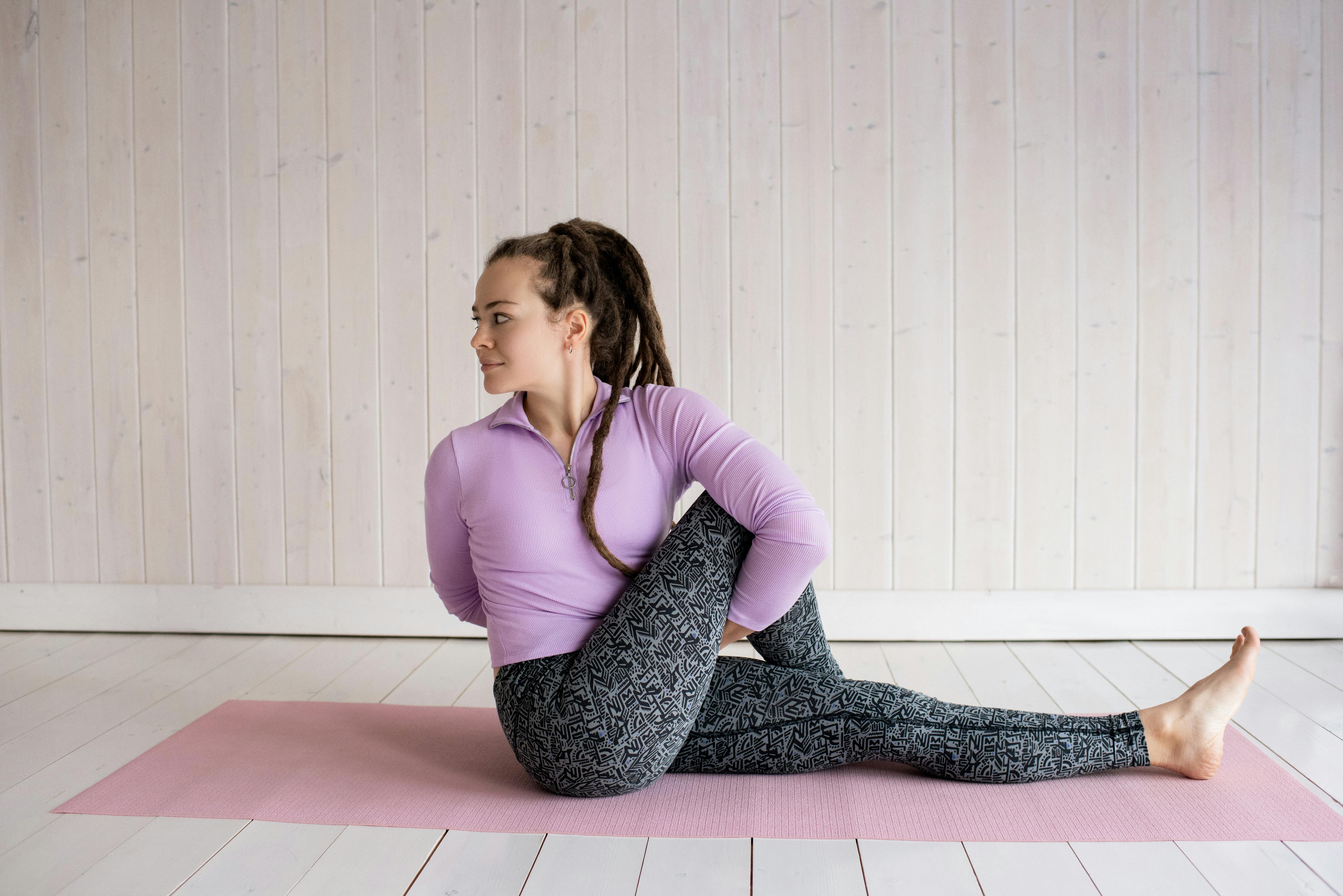
The Seated Oblique Twist safely addresses spinal mobility and deep core stabilization—two functions critical for getting in and out of a car, reaching behind you, and reducing lower back stiffness. Sit tall on the edge of a sturdy chair with feet flat, holding a light dumbbell, water bottle, or simply clasping your hands. Keeping your hips and feet stationary, slowly rotate your upper body to the right, looking over your shoulder. Pause for a breath, then return to center and repeat on the left. This controlled rotation strengthens the obliques and improves the fluidity of your spine, preventing the stiffness that often limits daily activities. Aim for 8–10 controlled, gentle twists per side, focusing on slow, deliberate movement to protect your vertebrae.
25. The Negative Hip Flexor Hold (Endurance for Gait)
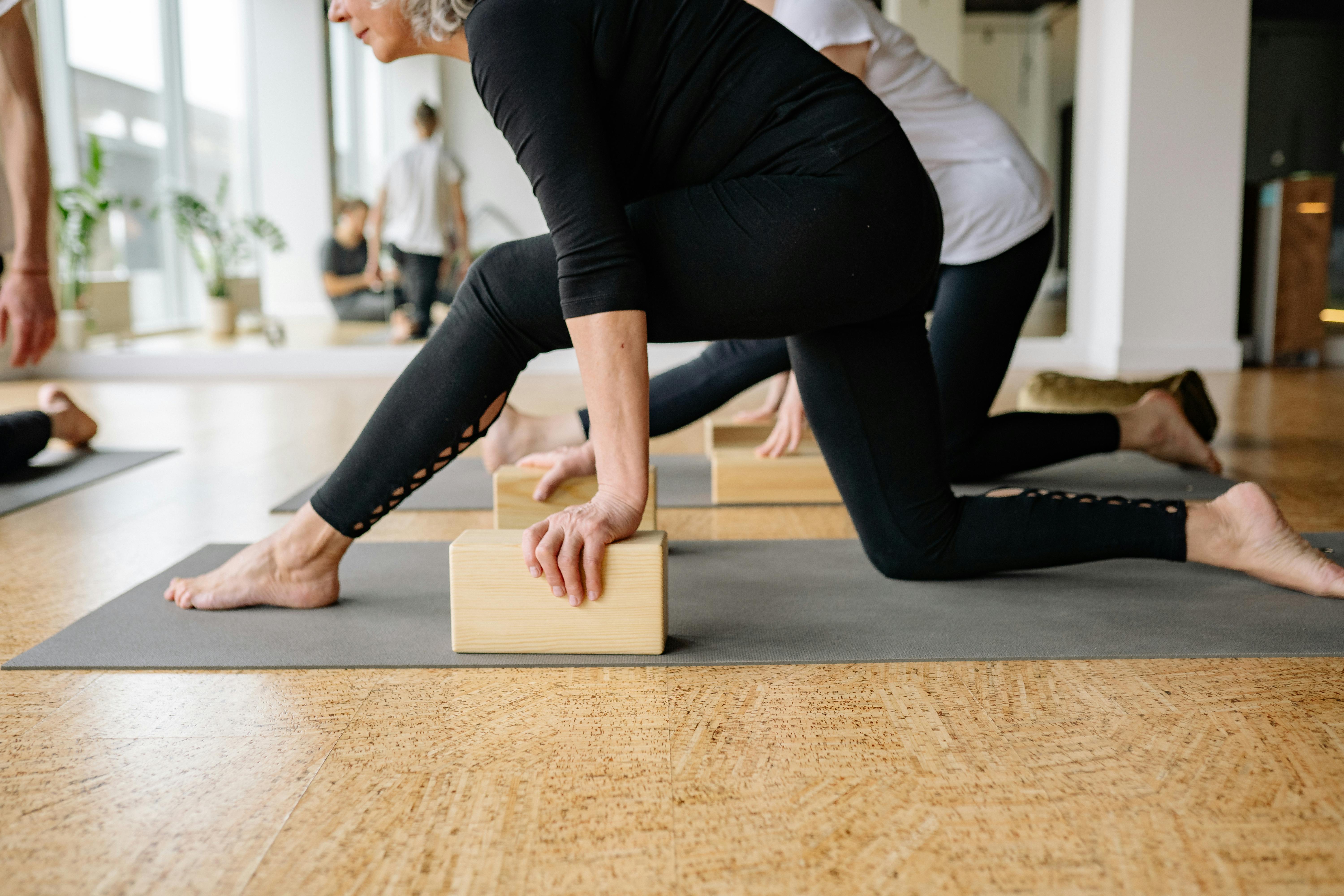
This exercise targets the hip flexors and deep core for endurance—muscles essential for lifting your feet to clear the ground while walking, preventing trips. Sit tall on the edge of a sturdy chair. Lift one knee high toward your chest using your hands to assist. Once your knee is near your chest, remove your hands and slowly, slowly lower your leg back down, resisting gravity for a slow count of 5. The focus is on the controlled descent (the negative phase). Repeat 6–8 times per leg. This trains the muscles responsible for high-knee marching and lifting your foot quickly, building the necessary endurance to maintain a clear step for long periods, which directly translates to safer, more confident walking and easier navigation of curbs.
26. Isomeric Glute Bridge Hold

The Glute Bridge Hold is a low-impact, foundational exercise that powerfully activates the glutes and hamstrings while promoting spinal stability, all without stressing the knees. Lie on your back on a comfortable surface with your knees bent and feet flat on the floor, hip-width apart. Press your feet into the floor and slowly lift your hips off the ground until your body forms a straight line from your shoulders to your knees. Hold this top position for 30–60 seconds. This isometric hold builds endurance and strength in the posterior chain—the muscle group essential for standing upright, walking with power, and reducing lower back strain. If a full hold is difficult, aim for several shorter holds. Mastering this simple move ensures your body's biggest power muscles stay active and supportive, directly improving your posture and walking efficiency.
27. Pillow Squeeze Adduction (Inner Thigh Strength)
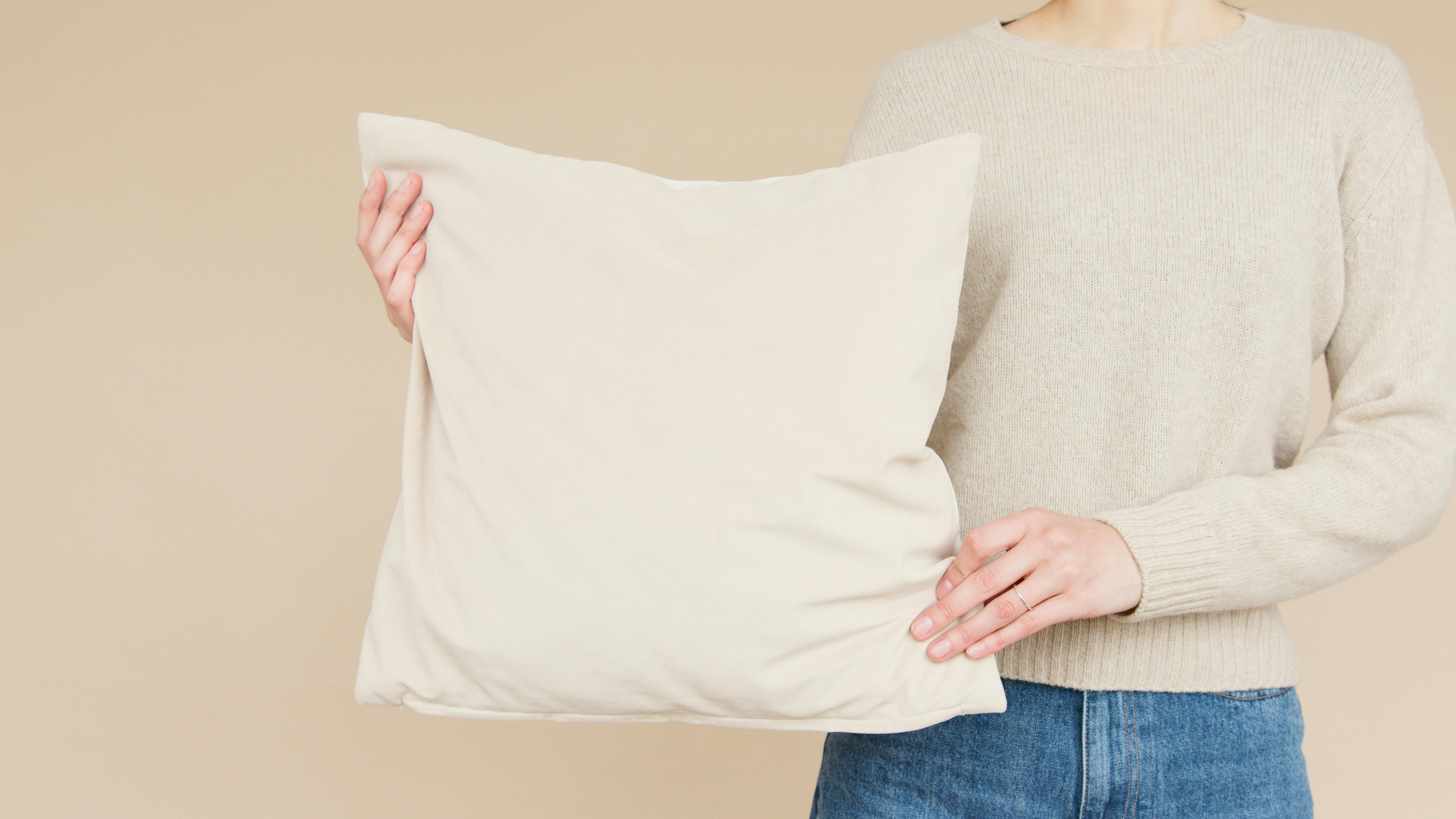
Inner thigh (adductor) strength is crucial for stable walking, preventing the knees from collapsing inward, and maintaining hip joint health. Sit tall in a sturdy chair with your feet flat on the floor, or lie on your back with knees bent. Place a soft pillow or thick cushion between your knees. Gently squeeze the pillow as hard as is comfortable, holding the isometric contraction for 5 to 10 seconds. Release slowly. This zero-impact move directly isolates and strengthens the often-neglected inner thigh muscles. Repeat 10–12 times. Consistent practice improves lateral stability, which is vital for safely getting out of bed, pivoting, and maintaining a healthy gait over time.
28. The "T" Hand-Weight Extension (Rotator Cuff & Posture)
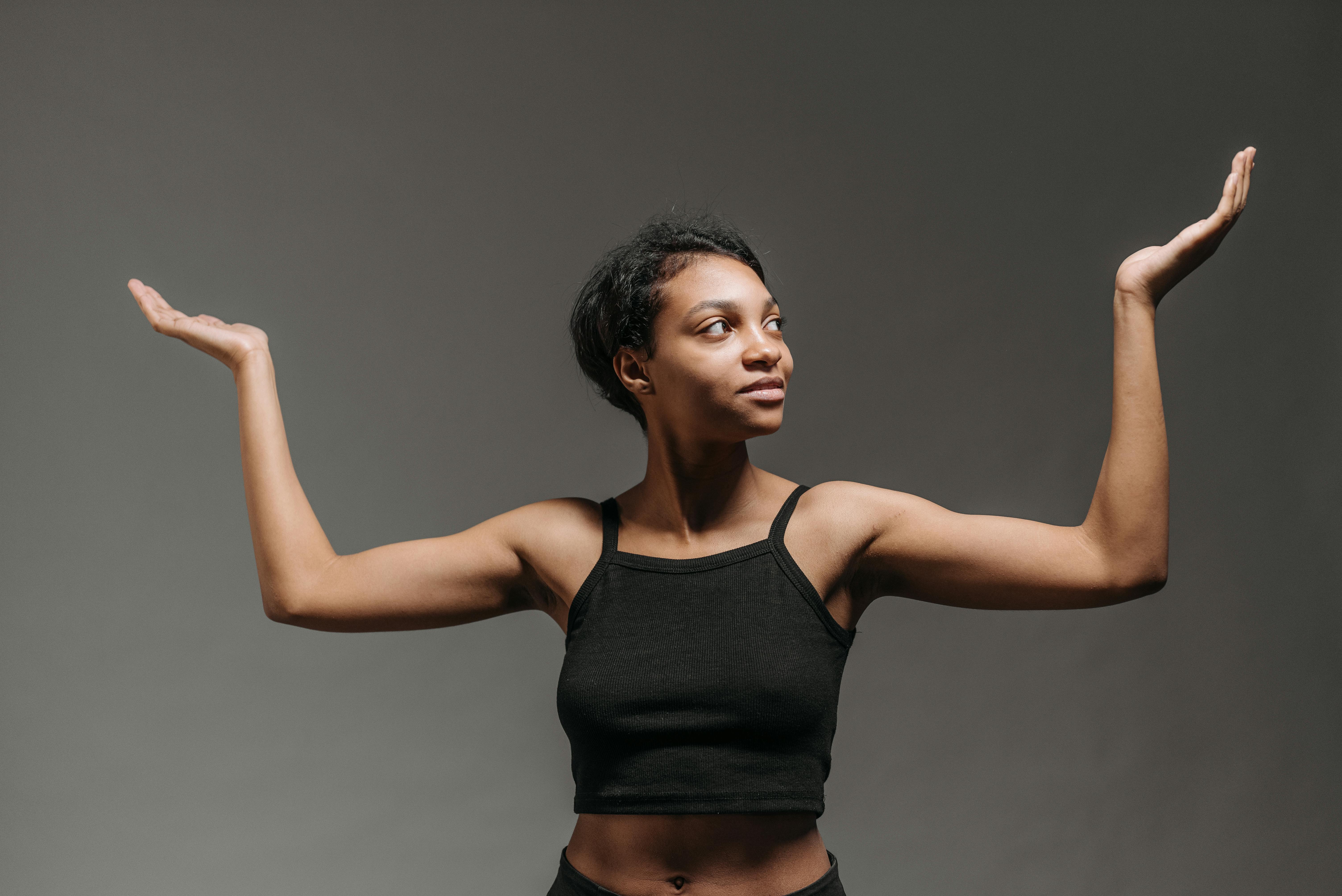
This subtle yet critical exercise targets the often-neglected small muscles of the rotator cuff and the mid-back stabilizers, which are crucial for injury prevention and improving posture. Stand tall, holding very light weights (or soup cans) in each hand, palms facing forward. Keep your arms straight and slowly lift them out to the sides, stopping when they are level with your shoulders to form a "T" shape . Hold the "T" for a count of five, focusing on squeezing your shoulder blades together gently. Slowly lower the weights back down. This move strengthens the muscles that externally rotate the shoulder and pull your shoulder blades back, preventing the forward slump common with age. By prioritizing these smaller stabilizer muscles, you create a safe, stable base for all your heavier lifting and everyday reaching movements.
29. The Heel-to-Toe Walk (Tandem Stance) — Precision for Fall Prevention

This deceptively simple exercise is a powerhouse for proprioception (your body's sense of its position in space) and dynamic balance, which is the primary defense against falls. Stand near a wall or sturdy counter for support. Place the heel of one foot directly in front of the toes of the other, as if walking on a tightrope. Slowly take 10 to 15 steps forward, focusing your gaze straight ahead. This movement forces your stabilizer muscles in your feet, ankles, and hips to work intensely, improving your ability to manage uneven surfaces and navigate tricky turns. As you gain confidence, try briefly removing light support from the wall. Mastering the tandem stance is a direct investment in confident, safe mobility and independence.
30. Toe Splay and Grip (Foot Intrinsic Muscle Strength)

This simple, low-impact drill directly targets the intrinsic muscles of the foot—the tiny, deep stabilizers crucial for balance and ground feedback. Sit in a chair or stand holding a counter for support. Gently and consciously splay your toes wide apart, holding the spread for a count of three. Next, try to gently grip the floor by curling your toes (like a subtle claw), holding the contraction for three seconds. Repeat this splay-and-grip pattern 10–12 times. Strengthening these small muscles improves your ability to subtly adjust your footing on uneven terrain, increases the feeling of connection to the ground, and reduces the risk of toe-stubbing, making your foundation for walking stronger and more responsive.
31. Marching with Cross-Body Reach (Dynamic Coordination)

This exercise combines lower-body marching with an upper-body cross-reach, dramatically improving dynamic coordination and trunk rotation—skills vital for stable walking and safely twisting to reach objects. What it trains: Core stability, hip flexors, and the neural connection between opposite sides of the body (the "cross-body sling"). How to do it: Stand tall behind a chair for support. As you lift your right knee, simultaneously reach your left hand across and touch your right knee (or aim for your foot). Lower and immediately switch, lifting your left knee and reaching your right hand across. Why it helps: This complex, fluid movement enhances gait, reduces stiffness in the torso, and sharpens the quick, coordinated muscular firing that prevents falls when balance is unexpectedly challenged during twisting actions. Aim for 10-15 slow, controlled repetitions per side.
32. Supported Wall Slide (Eccentric Quad Control)

This exercise safely builds the strength needed for controlling descent (like going down stairs) by emphasizing the eccentric (lowering) phase of the quadriceps. What it trains: Quadriceps and glute control, joint stabilization, and the ability to "brake" movement. How to do it: Stand with your back flat against a wall, feet shoulder-width apart and slightly forward. Slowly slide down the wall until your knees are bent to a comfortable, shallow angle (no more than 90 degrees). Now, take 4 to 5 seconds to slowly slide back up the wall, controlling the upward motion entirely with your thighs. Why it helps: Eccentric strength is crucial for fall prevention. This no-impact movement strengthens the muscles that absorb shock, reducing the feeling of instability or "giving out" in the knees during everyday activities. Aim for 8-12 controlled repetitions.
33. The "Suitcase Carry" (Core Stability and Grip)

The Suitcase Carry is a functional masterpiece that simulates carrying a heavy grocery bag or a piece of luggage, which is a common daily task. To perform this, stand tall with your feet hip-width apart and hold a light-to-moderate weight (like a dumbbell, a full water bottle, or a sturdy bag) in only one hand. Walk slowly and deliberately for 30–60 seconds, focusing on keeping your shoulders level and resisting the urge to lean toward the weighted side. This "anti-lateral" movement forces your obliques and deep spinal stabilizers to work overtime to keep you upright. Why it’s great: It simultaneously builds grip strength and core endurance, protecting your lower back while improving your balance and posture under load. Switch hands and repeat to ensure both sides of your core are equally resilient and ready for life's heavy lifting.
Honoring Your Strength—One Move at a Time
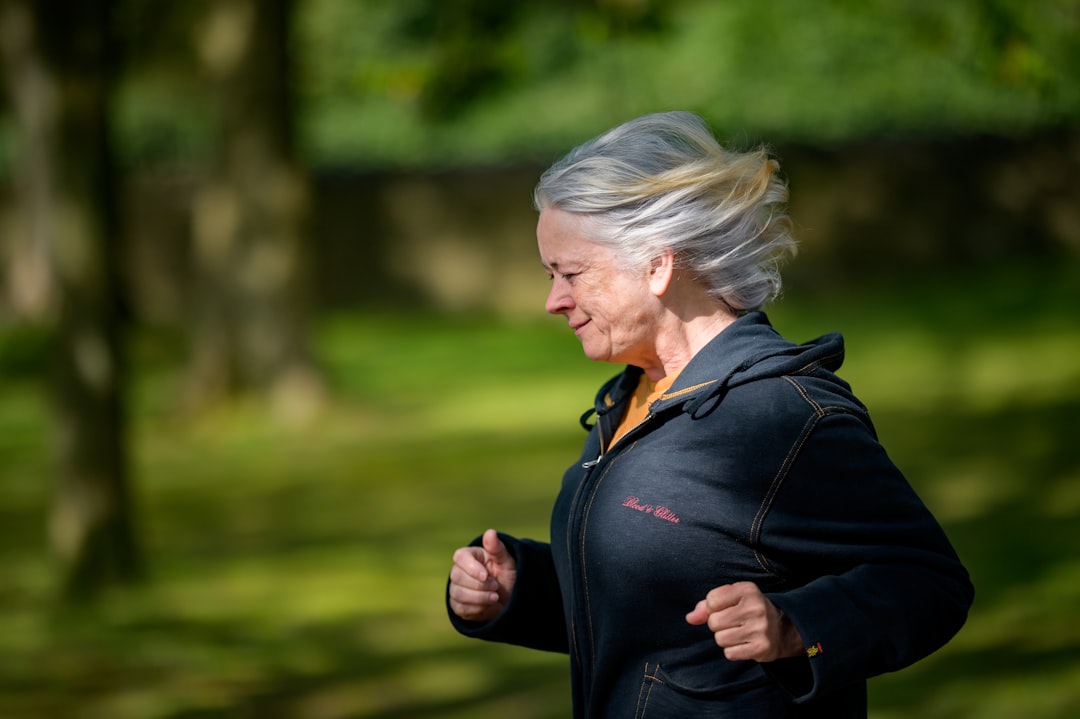
The real secret to ageless strength isn’t in pushing limits, but in choosing to honor your body—right here and now. Each small movement, each mindful repetition, builds not just muscle but momentum for a brighter, more independent future. Aging brings challenges, but it also invites a deeper sense of self-acceptance, wisdom, and pride in what we can accomplish. The simple moves above aren’t about meeting anyone else’s expectations; they’re stepping stones toward feeling resilient in your own skin and empowered in your daily life. If you’re just starting, celebrate every attempt. If you’re returning, notice the confidence that growth brings. Rest when you need, modify as you must, but keep going. Your journey belongs to you, and every bit of progress—no matter how subtle—deserves recognition. Staying strong after 50 isn’t just a physical pursuit; it’s a commitment to the activities, experiences, and relationships that give your life meaning. So pick one move—or all eleven—and take a step toward the ageless vibrancy you’ve always carried within.
